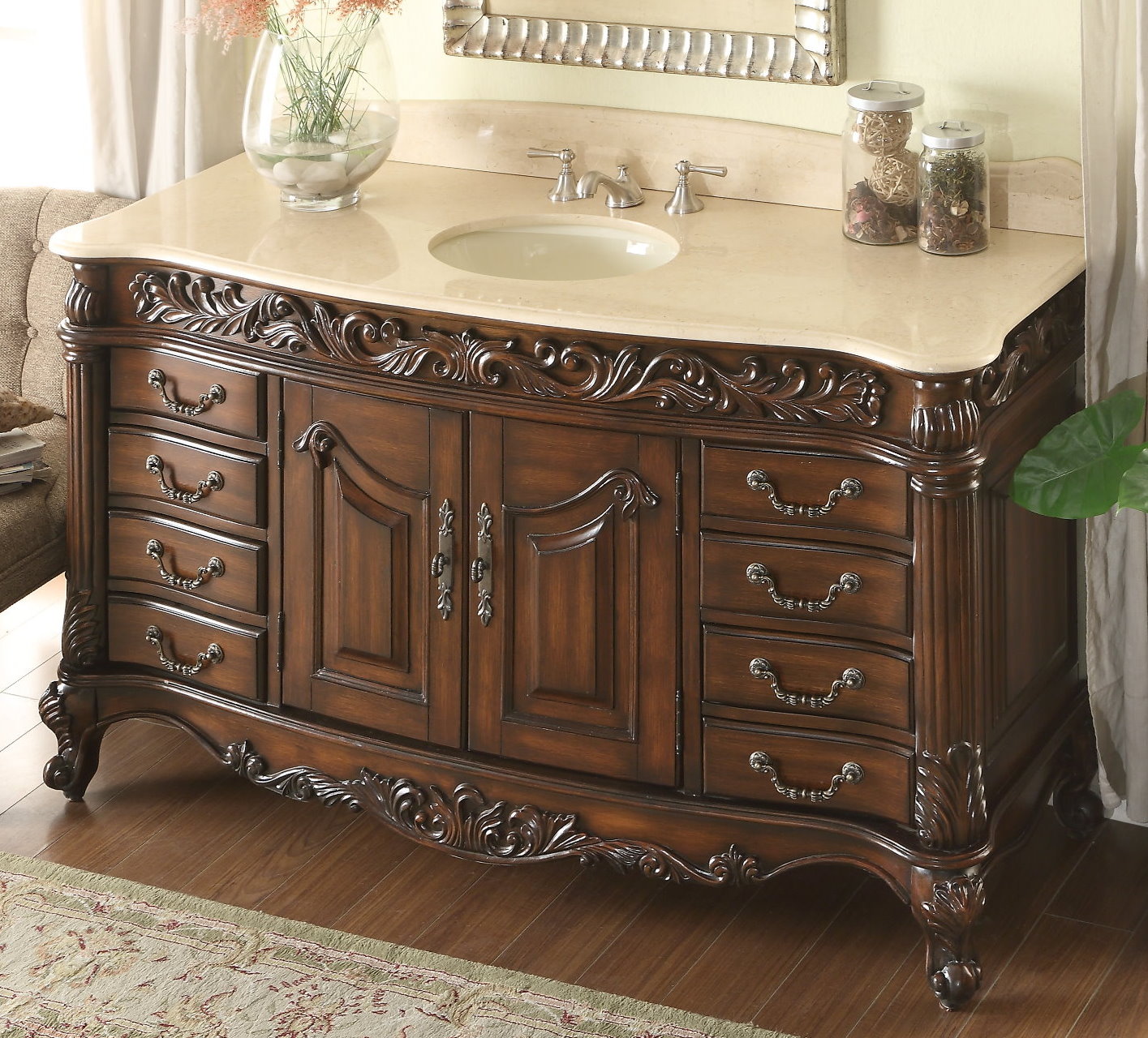Bathroom Vanity Trim Styles

Bathroom vanity trim is an important element that can significantly impact the overall aesthetic of your bathroom. Choosing the right trim style can enhance the look of your vanity and create a cohesive design theme.
Popular Bathroom Vanity Trim Styles
The choice of bathroom vanity trim style depends largely on the desired aesthetic. Some of the most popular styles include:
| Style | Description | Materials | Examples |
|---|---|---|---|
| Traditional | Traditional bathroom vanity trim styles often feature ornate details, intricate carvings, and classic designs. They are typically characterized by a timeless elegance and a sense of history. | Wood, metal, ceramic | Crown molding, wainscoting, decorative corbels |
| Modern | Modern bathroom vanity trim styles prioritize clean lines, geometric shapes, and minimalist designs. They often feature sleek, streamlined elements and a focus on functionality. | Stainless steel, chrome, glass | Flush-mounted trim, minimalist moldings, geometric patterns |
| Contemporary | Contemporary bathroom vanity trim styles blend elements of modern and traditional design. They often feature bold colors, unique textures, and a mix of traditional and modern elements. | Wood, metal, stone, acrylic | Bold accent trim, textured panels, contrasting colors |
| Rustic | Rustic bathroom vanity trim styles evoke a sense of warmth and natural beauty. They often feature reclaimed wood, rough-hewn textures, and earthy tones. | Reclaimed wood, stone, metal | Beaded board trim, exposed beams, natural stone accents |
Choosing the Right Trim for Your Bathroom Vanity

Choosing the perfect trim for your bathroom vanity is like adding the finishing touch to a beautiful masterpiece. It can elevate the entire look and feel of your bathroom, creating a space that’s both stylish and functional. Just like choosing the right outfit, the trim you select should complement your vanity and the overall design of your bathroom.
Factors to Consider When Choosing Trim, Trim for bathroom vanity
Selecting the right trim for your bathroom vanity involves considering several key factors. These factors ensure the trim harmonizes with your vanity and enhances the bathroom’s overall aesthetic.
- Vanity Material and Color: The trim should complement the vanity’s material and color. For example, if you have a dark wood vanity, a trim with a similar dark wood finish would create a cohesive look. However, you can also choose a contrasting trim for a bolder statement, such as a light-colored trim against a dark vanity.
- Bathroom Size and Layout: The size and layout of your bathroom can influence your trim selection. In a small bathroom, using a thinner trim can help create a sense of spaciousness. In a larger bathroom, you can opt for a wider trim to add visual interest and definition.
- Overall Design Aesthetic: The overall design aesthetic of your bathroom should guide your trim choice. For a modern bathroom, consider clean lines and minimalist trims. For a traditional bathroom, ornate trims with intricate details would be more appropriate.
- Budget and Cost: Trim materials range in price, from affordable options like PVC to more luxurious materials like wood. Determine your budget upfront to narrow down your choices and ensure the trim fits within your financial constraints.
Installing Bathroom Vanity Trim: Trim For Bathroom Vanity

Installing bathroom vanity trim is a relatively simple process that can significantly enhance the look of your bathroom. With the right tools and a bit of patience, you can easily achieve a professional finish.
Steps Involved in Installing Bathroom Vanity Trim
Installing bathroom vanity trim involves a series of steps, including measuring, cutting, and attaching the trim. These steps are crucial for ensuring a clean and professional finish.
- Measure the Vanity: Begin by carefully measuring the length and width of your vanity. This will determine the amount of trim you need to purchase.
- Cut the Trim to Size: Using a miter saw or a hand saw, cut the trim to the desired lengths. Ensure the cuts are precise and clean for a seamless finish.
- Apply Adhesive: Apply a generous amount of construction adhesive to the back of the trim pieces. This will secure the trim to the vanity.
- Attach the Trim: Carefully press the trim pieces into place, ensuring they are flush with the vanity. Use a level to ensure the trim is straight and even.
- Secure with Nails or Screws: If desired, you can use finishing nails or screws to secure the trim in place. Be sure to countersink the nails or screws for a smooth finish.
- Caulk and Paint: After the adhesive has dried, caulk the seams between the trim and the vanity. This will prevent water damage and create a smooth, water-resistant seal. Once the caulk has dried, paint the trim to match the vanity or the surrounding decor.
Trim for bathroom vanity – A trim for your bathroom vanity can really elevate the look, adding a touch of elegance and sophistication. Once you’ve got the vanity looking its best, think about how you can showcase your towels. There are many creative bathroom towel display ideas that can transform your bathroom into a spa-like oasis.
And, of course, a beautiful vanity trim can be the perfect finishing touch to complement your towel display.
Adding trim to your bathroom vanity can instantly elevate its look, but if the cabinets themselves are looking worn, consider a refresh. You can find professionals who specialize in bathroom cabinet refinishing near me , giving them a new lease on life.
Once the cabinets are revitalized, the trim will really stand out, creating a cohesive and stylish bathroom space.
